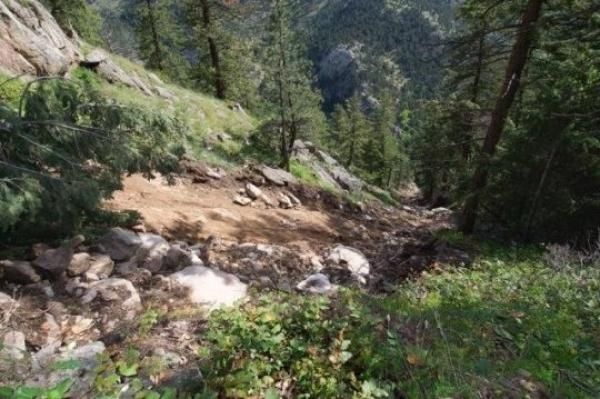We know less about the ground beneath our feet than we do about the surface of Mars, but new research by University of Colorado Boulder geoscientists shines a light on this hidden world from ridgetops to valley floors and shows how rainfall shapes the part of our planet that is just beyond where we can see.
Earth is popularly known as the “third rock from the sun,” yet hard rock is rare at the ground surface. Scientists have dubbed the vegetation, soil and water-storing debris that hides Earth’s rocky interior from view the “critical zone.” The name honors the fact that this zone is simultaneously essential to life and is shaped by living organisms. The character of the critical zone – particularly its depth – controls how groundwater is stored and released to streams.
Groundwater provides the water supplies that are the lifeblood of agriculture and industry in the nation, and indeed around the world. But groundwater itself is not passive. It reacts with the rock along its path, and in so doing both chemically transforms the rock and picks up dissolved minerals and nutrients.
The researchers were inspired to study the fundamental differences between two National Science Foundation-supported Critical Zone Observatories (CZOs). In the Boulder Creek CZO in the Colorado Front Range, fresh rock can be found beneath a thin layer of soil and broken rock that evenly mantles hillsides. In the Calhoun CZO in the South Carolina piedmont, fresh rock is far below the surface, and the critical zone billows thickly under ridge crests and thins under valley bottoms. And the soils of Colorado are gray-brown and rocky, in contrast to the red clays of South Carolina.
Continue reading at University of Colorado Boulder
Image via University of Colorado Boulder


